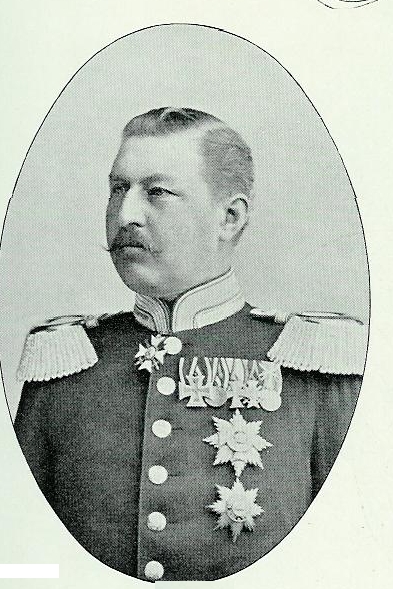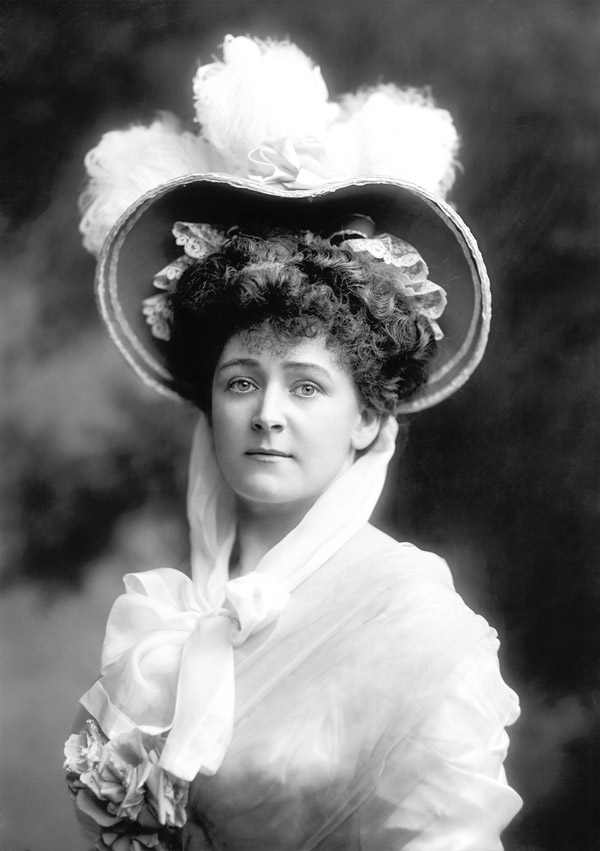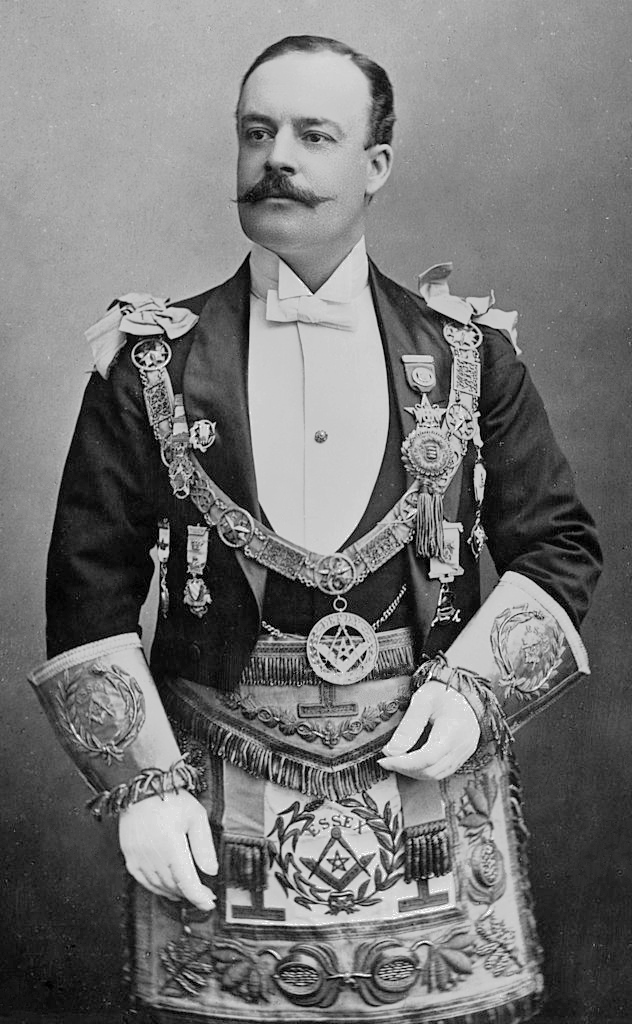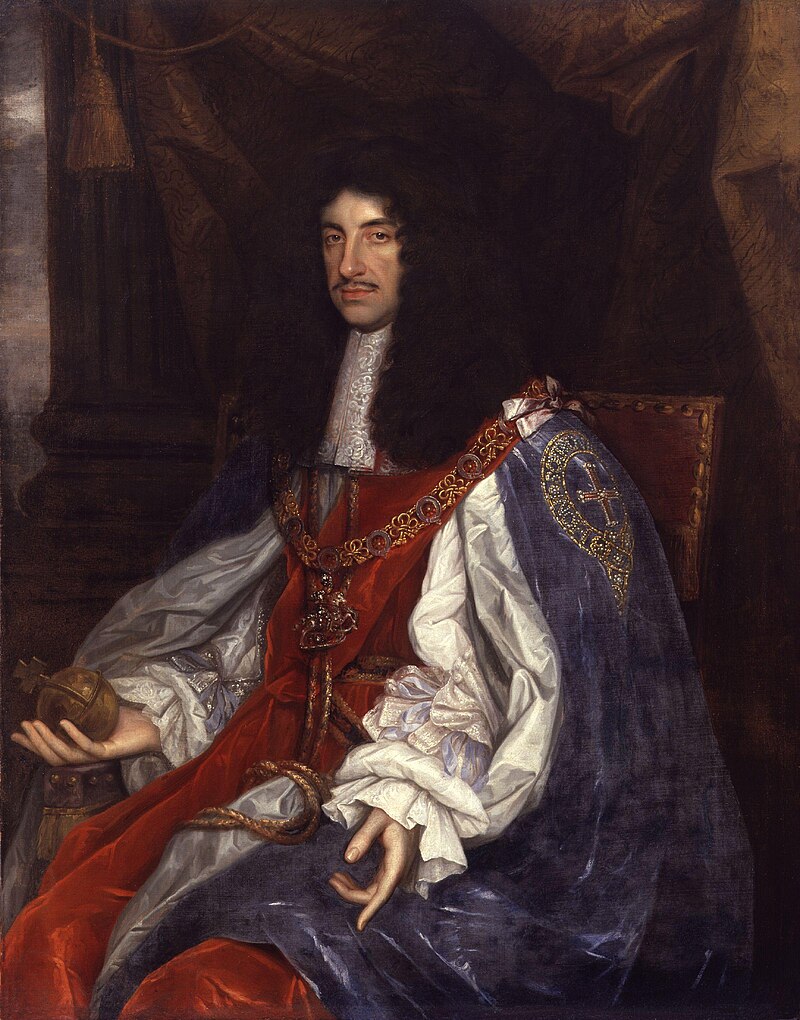by Susan Flantzer © Unofficial Royalty 2020

Arabella in the 1660s; Credit – Wikipedia
Arabella Churchill was probably born at Ash, the family home of Arabella’s mother in Musbury, Devonshire, England on February 23, 1648, the eldest of the eleven children of Sir Winston Churchill and Elizabeth Drake. She was christened at St. Michael’s Church in Musbury on March 16, 1649. Arabella’s father was a Royalist supporter during the English Civil War. Sir Winston was a Member of Parliament, a historian who wrote a history of the English kings, and an ancestor of the 20th-century British prime minister Sir Winston Churchill. Arabella’s mother was the daughter of Sir John Drake and Eleanor Boteler, daughter of John Boteler, 1st Baron Boteler of Brantfield, and a maternal niece of George Villiers, 1st Duke of Buckingham, a Stuart court favorite.

Arabella with her brother Winston; Credit – Wikipedia
Arabella had ten siblings but only six survived childhood. John Churchill, 1st Duke of Marlborough is her most renowned sibling. He gained fame as a military leader and courtier during the reign of Queen Anne. His wife Sarah was Queen Anne’s Mistress of the Robes and confidante. There is information on only eight of Arabella’s siblings.
- John Churchill, 1st Duke of Marlborough (1650 – 1722), married Sarah Jennings, had seven children
- Winston Churchill (1652 – 1672), unmarried, died at the Battle of Solebay
- George Churchill (1653 – 1710), unmarried, Admiral in the Royal Navy
- Charles Churchill (1656 – 1714), General in the British Army, married Mary Gould, had one son
- Henry Churchill, died in childhood
- Jasper Churchill (? -1678), unmarried, attended Queen’s College at Oxford, died shortly after joining the Duke of York’s Regiment
- Theobald Churchill (1662 – 1685), unmarried, attended Queen’s College at Oxford, became an Anglican priest, commissioned Chaplain in the King’s Own Royal Regiment of Dragoons commanded by his brother John
- Mountjoy Churchill, died in infancy

James, Duke of York, the future King James II of England; Credit – Wikipedia
In 1663, during the reign of King Charles II of England, fifteen-year-old Arabella was sent to court to be a Maid of Honor to the Duchess of York. The Duchess of York, born Anne Hyde, was the wife of King Charles II’s brother James, Duke of York, the future King James II. Because King Charles II and his wife Catherine of Braganza had no children, James was the heir presumptive to the throne and did succeed his brother in 1685. Arabella captured James’ eye and by 1665, she was his mistress. The Churchill family was firmly loyal to the royal household and their only feeling about Arabella’s position as a royal mistress seems to have been “a joyful surprise that so plain a girl had attained such high preferment.”

James FitzJames, 1st Duke of Berwick; Credit – Wikipedia
Arabella and James had four children who were given the surname FitzJames, “son of James”. From their children, Arabella and James are the ancestors of the Earls Spencer and Diana, Princess of Wales as well as of the Dukes of Berwick, the later Dukes of Alba and Cayetana Fitz-James Stuart, 18th Duchess of Alba (1926 – 2014), the person who held the most noble titles in the world. James’ children by Arabella were raised Catholic and accompanied him into exile in France after he was deposed during the Glorious Revolution in 1688.
- Henrietta FitzJames (1667 – 1730), married (1) Henry Waldegrave, 1st Baron Waldegrave, had one son and one daughter (2) Piers Butler, 3rd Viscount Galmoye, no children
- James FitzJames, 1st Duke of Berwick, 1st Duke of Liria and Jérica, 1st Duke of Fitz-James (1670 – 1734), married (1) Lady Honora Burke, had one son James Francis (Jacobo Francisco) Fitz-James Stuart, 2nd Duke of Berwick, 2nd Duke of Liria and Xérica whose descendants were the French Ducs de Fitz-James the Spanish Duques de Liria and the Spanish Dukes of Alba (2) Anne Bulkeley, had eight sons and five daughters
- Henry FitzJames, 1st Duke of Albemarle (1673 – 1702), married (1) Marie Gabrielle d’Audibert de Lussan, had one daughter who became a nun
- Arabella FitzJames (1674 – 1704), became a nun in Pontoise, France taking the name Sister Ignatia
Shortly after giving birth to their first child, a daughter named Henrietta after James’ mother Henrietta Maria of France, James gave Arabella a yearly pension and a house in St. James Square, London which Arabella later sold for a handsome price. In 1671, James’ wife Anne died from breast cancer shortly after giving birth to her last child. James and Anne had eight children, but only two survived childhood, and both were Queen Regnants: Queen Mary II and Queen Anne.
Within a couple of years after James’ second marriage to Mary Beatrice of Modena in 1673, Arabella and James’ ten-year affair was over. On June 1, 1680, at Holy Trinity Minories in London, Arabella married Colonel Charles Godfrey, an army officer. The couple had three children:
- Francis Godfrey (died 1712)
- Charlotte Godfrey (circa 1685 – ?), married Hugh Boscawen, 1st Viscount Falmouth, had children
- Elizabeth Godfrey, married Edmund Dunch, had four daughters

Arabella Godfrey (née Churchill) by William Pengree Sherlock, published by Edward Evans, after Silvester (Sylvester) Harding stipple engraving, early 19th century NPG D31023 © National Portrait Gallery, London
Charles Godfrey was one of the first to join with William III, Prince of Orange, the nephew and son-in-law of King James II and the future King William III, in his efforts to safeguard the Protestant interests in England against his Catholic father-in-law during the 1688 Glorious Revolution. William marched to London, gathering many supporters. James panicked and sent his wife and infant son to France. He tried to flee to France about a month later but was captured. William had no desire to make his uncle a martyr, so he allowed him to escape. James was received in France by his first cousin King Louis XIV, who offered him a palace and a pension. James’ elder daughter Mary who was married to William, joined her husband on the English throne where they reigned jointly as King William III and Queen Mary II. William and Mary were succeeded by Mary’s sister Anne.
During the reigns of the last Stuarts, Arabella and Charles Godfrey’s family reaped rewards for their service. Charles was rewarded with his own regiment, Godfrey’s Regiment of Cuirassiers in 1688. He was also appointed Master of the Jewel Office in 1698, and in 1704, he was appointed Clerk of the Green Cloth, a position in the Royal Household that he held for the rest of his life. In addition, Charles was a Member of Parliament from 1689 and 1713. Both daughters of Arabella and Charles served Queen Anne as Maids of Honor.
Arabella and Charles lived happily together for thirty-four years. On February 23, 1714, Charles Godfrey died at the age of 67, while on a visit to Bath, Somerset, England, and was buried in Bath Abbey. Arabella survived him by sixteen years, dying on May 30, 1730, aged 82. She was buried in the grave of her brother Admiral George Churchill in Westminster Abbey in London in the center part of the nave near the choir gate. There is a large monument to George but Arabella has no memorial or gravestone of her own.
This article is the intellectual property of Unofficial Royalty and is NOT TO BE COPIED, EDITED, OR POSTED IN ANY FORM ON ANOTHER WEBSITE under any circumstances. It is permissible to use a link that directs to Unofficial Royalty.
Works Cited
- Beauclerk-Dewar, P. and Powell, R., 2006. Right Royal Bastards. Wilmington, DE: Burke’s Peerage & Gentry.
- En.wikipedia.org. 2020. Arabella Churchill (Royal Mistress). [online] Available at: <https://en.wikipedia.org/wiki/Arabella_Churchill_(royal_mistress)> [Accessed 18 September 2020].
- En.wikipedia.org. 2020. Charles Godfrey (Courtier). [online] Available at: <https://en.wikipedia.org/wiki/Charles_Godfrey_(courtier)> [Accessed 18 September 2020].
- En.wikipedia.org. 2020. Winston Churchill (Cavalier). [online] Available at: <https://en.wikipedia.org/wiki/Winston_Churchill_(Cavalier)> [Accessed 18 September 2020].
- Findagrave.com. 2020. Arabella Churchill Godfrey (1648-1730) – Find A…. [online] Available at: <https://www.findagrave.com/memorial/76966312/arabella-godfrey> [Accessed 18 September 2020].
- Flantzer, Susan, 2017. King James II Of England. [online] Unofficial Royalty. Available at: <https://www.unofficialroyalty.com/king-james-ii-of-england/> [Accessed 18 September 2020].
- Westminster Abbey. 2020. George, John, Arabella And Henrietta Churchill | Westminster Abbey. [online] Available at: <https://www.westminster-abbey.org/abbey-commemorations/commemorations/george-john-arabella-and-henrietta-churchill> [Accessed 18 September 2020].






























